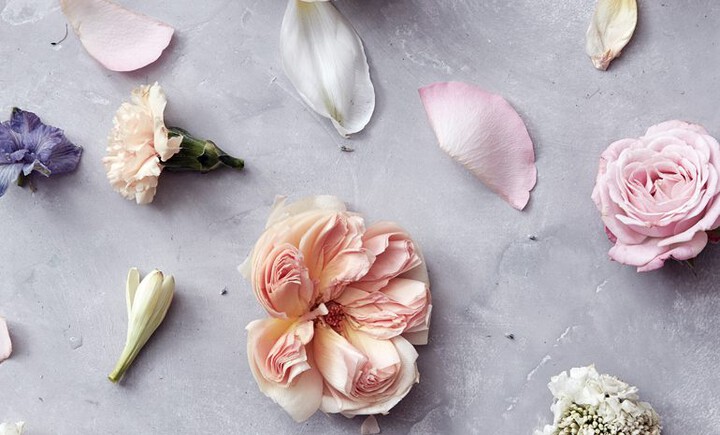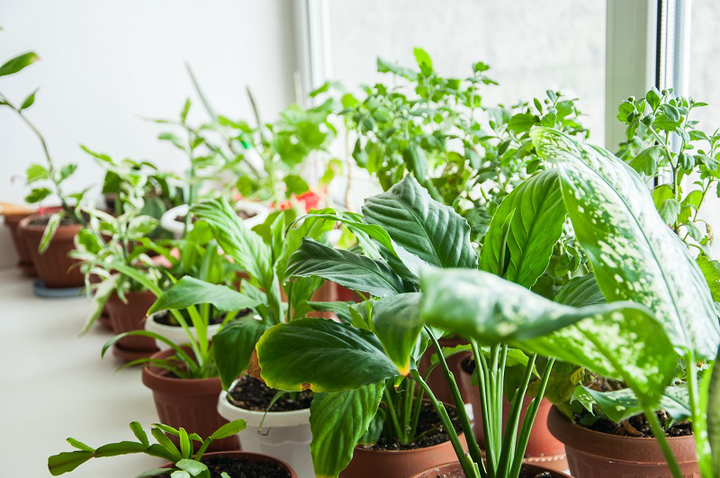
Have you ever wondered where the bouquet of beautiful blooms presented to you by a girlfriend or boyfriend on a birthday or other special occasion, or the roses you gift that special someone on Valentine’s Day, are grown? The answer is simple – it’s a result of floriculture.
Floriculture, also known as flower farming, is a discipline of horticulture that includes the cultivation of flowering and ornamental plants for both floristry and gardens. One of the main roles of floriculturists is the development of new bloom varieties, which is done via plant breeding. This is the reason we have so much choice when it comes to flower variants today.
What is Floriculture?
Horticulture predominantly focuses on the production of flowering and foliage plants for ornamental use. These blooms are generally grown in greenhouses that come in the shape of oversized gardens. These venues store a huge number of plants to be used in mass production.
Floriculture comprises the cultivation of plants and flowers used in cosmetic use, the pharmaceutical and perfume industry, and also for decorative and aesthetic purposes, including bouquets and floral arrangements.
Floriculture plants and flowers
Floriculture crops comprise a number of plants, including houseplants, bedding plants, flowering garden and pot plants. Other varieties comprise cut cultivated greens and fresh-cut flowers. In most cases, floriculture crops are generally herbaceous. The bedding and garden plants are made up of young flowering plants in the form of annuals, perennials and vegetable plants. These are usually grown in pots, in cell packs (in flats or trays), or in hanging baskets. For best results and to ensure they thrive, they’re often developed in a controlled environment and are produced mainly for gardens and landscaping. Pelargonium (more commonly referred to as geraniums), Impatiens (busy lizzies), various Chrysanthemum cultivars and Petunia are among some of the most prevalent and best-selling bedding plants available. These flowering plants are largely sold in pots for indoor use, which makes them a great option for those who wish to inject color and fragrance into their homes and offices.
Bedding plants
These are the main segment of the floriculture industry. However, they have both a short production and sales season. This runs from January through to June, with sales taking place in May and June.
Bedding plants tend to be produced for seasonal display in outdoor containers and flower beds. The majority of these plants are annual flowering plants but also comprise a variety of foliage and vegetable plants.
Depending on the variety of annual flowers, certain variants can be grown in spring, summer or autumn, while others are able to flower during the entire season.
Herbaceous Ornamental Perennials
Perennials come in the shape of non-woody plants, which persevere from year to year, utilizing parts of the original plant, including the bulbs, tubers, rhizomes, crowns. Alternatively, they come back in the form of seeds, which gardeners can then cultivate over time.
The majority of these crops are propagated in greenhouses, before being transferred outside for the rest of the production cycle. Once they are fully grown, they are then ready for sale.
Whether or not a perennial survives and thrives is down to its hardiness. This means that they can be sensitive to sudden drops in temperature such as during the months of winter. If exposed to particularly harsh climates and low temperatures, they can wither and die.
Examples of prevalent herbaceous perennials include:
·Phlox
·Bleeding Hearts
·Hostas
·Coneflower
· Columbine

Potted plants
Potted plants come in the form of mature flowering plants, which are produced and sold in both containers and pots. Behind bedding plants, they are the second largest segment of floriculture.
They can either be produced seasonally or all year-round. This comes down to the environmental requirements of the plants or the season which they are related to. Hardier plants can be grown for longer periods, for example, as they can handle tougher conditions that others cannot.
They can be more costly than that of other floricultural crops, this is mainly because of the time it takes for them to reach an established stage of flowering and growth.
Popular potted crops include:
·Poinsettias
·Mums
·Easter lilies
·Shamrocks
·Cyclamen
Indoor foliage
Indoor foliage plants are crops grown specifically for their leaves, which showcase an interesting shape or hue and pattern. They are usually native to tropical or subtropical origins. It comes as little surprise therefore that these plants are produced in warm and tropical climates.
Although some species can be developed all year-round, this is dependent on cultivation and environmental predisposition.
In temperate climates, they are often used to add color and energy to offices, homes and interior spaces. They can also be used for seasonal outdoor displays in temperate zones.
Some examples include:
·Bromeliads
·Ferns
·Philodendrons
·Pothos
·Wandering Jew plants
·Devil’s Ivy
Most popular flowering plants
The main flowering plants are orchids, poinsettias, finished florist azaleas, and florist chrysanthemums. Foliage plants are often also sold in hanging baskets and pots, which makes them ideal for indoor and patio use. Those looking to dress larger areas, such as in a hotel, restaurant, and office interior settings should choose the larger specimens.
Cut flowers
Cut flowers are a great addition to both the home and the office environment. They also make a great gift and are typically sold as a bouquet with cut foliage or in bunches. The manufacture of these blooms is definitively known as the cut flower industry. Farming both foliage and flowers require a certain skill and this industry employs distinctive aspects of floriculture, including pruning, training, and spacing. All of this helps towards optimal flower harvest. Then there is the post-harvest treatment to consider, such as storage, chemical treatments, preservation, and packaging. In certain countries, such as in Australia and the United States, there are a number of species that are harvested for the cut flower market from the wild.